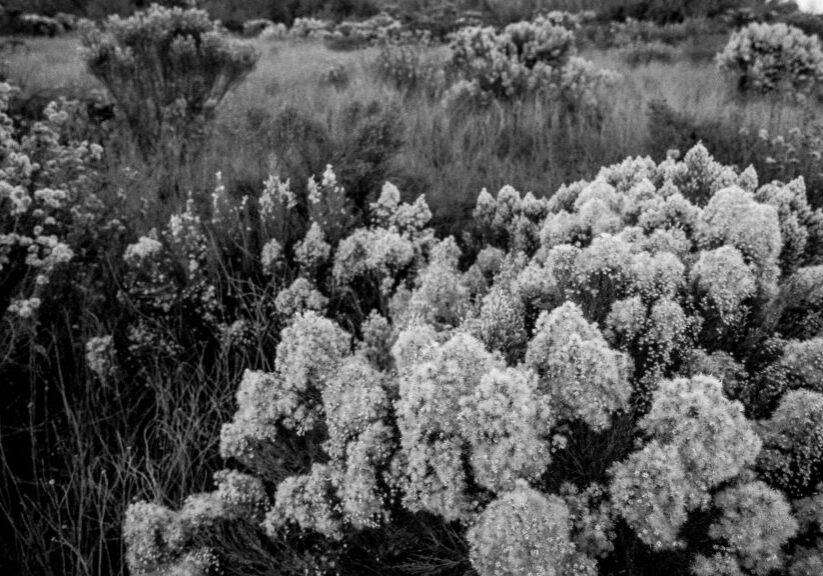Helping native plant species flourish
A variety of habitats within the Reserve support rare and unique species and are valued for exceptional biodiversity. Unfortunately, invasive plant species alter these habitats, and in some cases may significantly reduce the suitable breeding structure or forage resources for some species. More generally, invasive plant species compete and displace native plant species with broad alterations to ecosystem functions and biodiversity. The Stewardship Program works toward a sustained control of these invasive plants.
Mulefat scrub, coastal sage scrub and riparian habitats located in the Goat Canyon region face continual invasion by non-native invasive plant species. Sedimentation events and seasonal flooding have covered native soils and overwhelmed native seed banks with weeds. Past control efforts have focused on tamarisk, castor bean, and arundo, with a lesser emphasis on sea fig iceplant, crystalline iceplant, eucalyptus, pepper tree, myoporum, perennial pepperweed, Sahara mustard, black mustard, dwarf nettle, and St John’s wort. Sea fig iceplant (Carpobrotus edulis) was once a dominant feature in the dunes of Border Field State Park but has been the focus on annual treatment and removal efforts.

